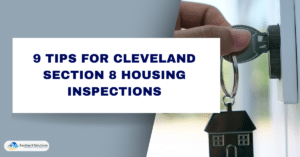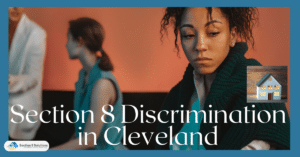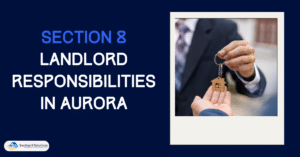Navigating the Section 8 inspection process in Austin can seem daunting, but it’s crucial for providing safe and affordable housing. This process involves a detailed assessment by the Public Housing Authority (PHA) to ensure that rental properties meet necessary health and safety standards. With preparation and understanding, landlords can efficiently pass these inspections, contributing to a vibrant, inclusive rental market in Austin.
This guide aims to provide a comprehensive overview of the Section 8 inspection process in Austin, helping both landlords and tenants navigate this crucial step.
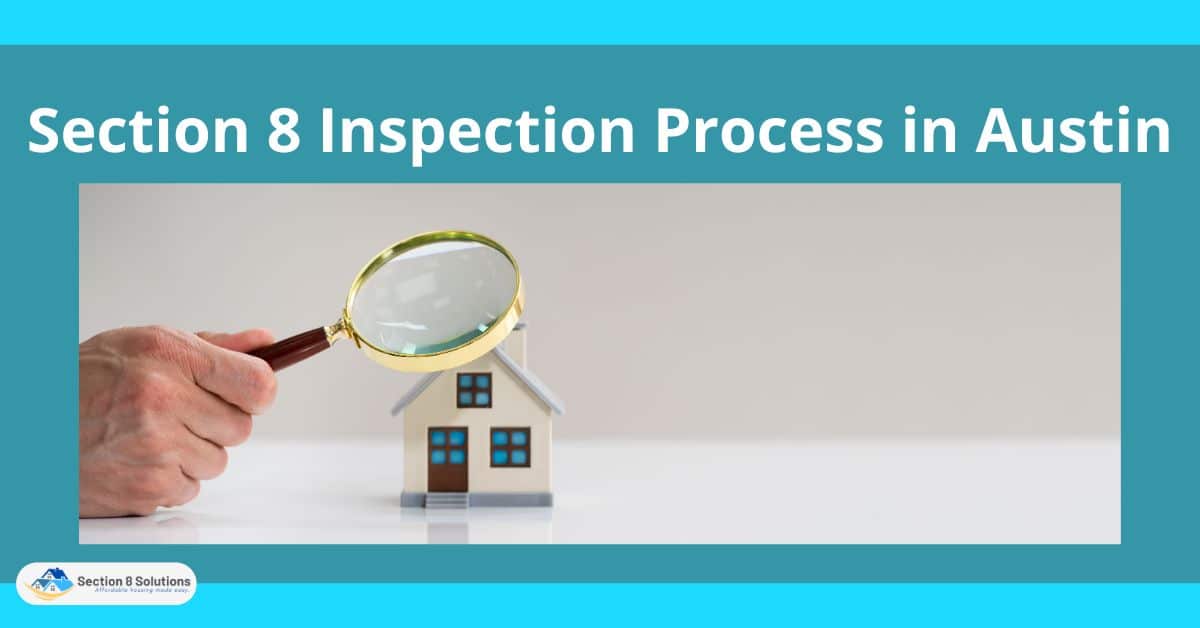
Understanding Section 8 Inspections
Section 8 inspections come in two forms: the initial inspection and the annual certification. The initial inspection is conducted before a tenant moves into a rental property, while the annual certification looks at whether tenants and housing conditions meet standards throughout their lease.
In Austin, PHAs such as the Housing Authority of the City of Austin (HACA) are responsible for conducting these inspections. They have a team of inspectors that will assess the safety and habitability of rental units to ensure they meet federal and local housing requirements.
During an inspection, inspectors may check for issues such as mold, pest infestations, lead paint, plumbing problems, structural issues, electrical hazards, and more. If any deficiencies are found in the property, the landlord must address them within a certain timeframe or risk losing their Section 8 qualifications.

The Section 8 Inspection Checklist
To help landlords understand the rules and regulations for Section 8 inspections in Austin, the PHA provides an inspection checklist. This document outlines specific items that must be checked during both initial and annual certification inspections.
Inspectors may inspect:
- Structural items such as walls, foundations, ceilings, floors, stairways, etc.
- Plumbing items such as sinks, tubs, showers, toilet bowls, water heaters, etc.
- Electrical items such as fuse boxes, outlets, and wiring.
- Safety features like smoke detectors and window guards.
- Appliances like refrigerators and stoves.
Inspectors will also assess the condition of a rental property’s interior and exterior, looking for any potential hazards or violations. For instance, they may check for:
- Mold growth and other health hazards
- Pest infestations
- Signs of rodent or animal activity
- Lead paint
- Unsafe stairs or decks
- Roof damage that could cause water leaks
If any deficiencies are found during the inspection, a corrective action plan must be created to address them. It’s important that landlords understand these requirements and make sure their rental properties meet all applicable housing standards before submitting them for an inspection.
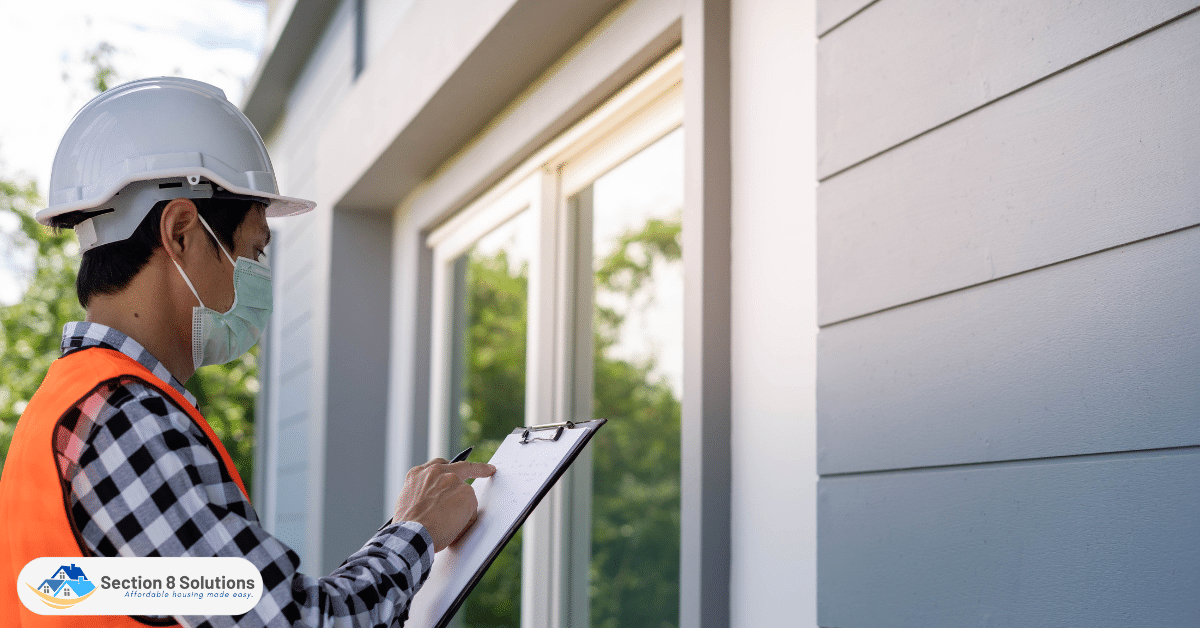
How to Prepare for a Section 8 Inspection
Preparing for a Section 8 inspection doesn’t have to be a daunting task. With careful preparation and an understanding of the common issues that often lead to failed inspections, landlords can ensure their properties meet the required standards. Here are some practical tips and advice to help landlords prepare for a Section 8 inspection.
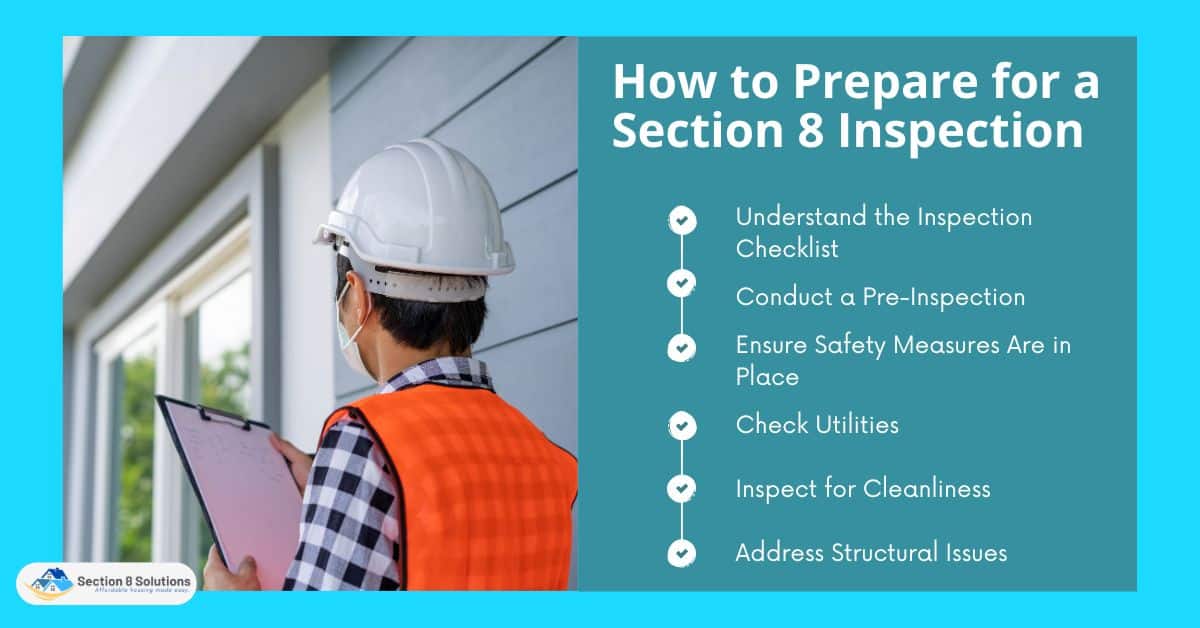
- Understand the Inspection Checklist: Familiarize yourself with the Section 8 inspection checklist to know exactly what the inspector will be looking for. The checklist usually includes items such as functional plumbing, proper heating, and adequate ventilation.
- Conduct a Pre-Inspection: Before the official inspection, conduct your own thorough assessment of the property. Make sure to fix any visible damages or malfunctions.
- Ensure Safety Measures Are in Place: Safety measures like smoke detectors, secure windows, and functioning locks on doors are critical. Make sure these are all in working order.
- Check Utilities: All utilities should be in good working condition. This includes water, electricity, gas, and heating systems.
- Inspect for Cleanliness: A clean property not only leaves a good impression but also indicates well-maintained premises. Ensure the property is clean and free from pests.
- Address Structural Issues: Any structural problems, such as leaking roofs, cracked walls, or unstable flooring, should be addressed before the inspection.
Common issues that often cause properties to fail to include broken windows, blocked exits, inadequate heating, faulty electrical systems, and the presence of pests or rodents. By addressing these issues beforehand, landlords can avoid failing the inspection.
Post-Inspection Process
After the Section 8 inspection is complete, there’s a defined post-inspection process that both landlords and tenants should understand. This process determines whether the property passes or fails the inspection, and outlines the next steps accordingly. Here’s what you can expect in the post-inspection phase.
1. Receiving Inspection Results
After the comprehensive inspection of the property has been conducted, the outcome of the inspection will be communicated to you. This is a crucial step where you will be informed about the condition of the property. If the inspection results indicate that the property meets all the required standards, you are given the green light to move forward with the leasing process. On the other hand, if the property fails to meet the necessary criteria, you will be provided with a detailed list of the specific reasons for the failure and the repairs that are required to rectify these issues.

2. Performing Necessary Repairs
Should the inspection reveal that the property has not met the necessary standards, the responsibility falls on the landlord to address the issues highlighted during the inspection. This involves taking proactive steps to remedy the problems and bring the property up to the required standards. The nature and extent of the repairs necessary will determine the timeframe within which these repairs must be completed. Generally, the urgency of repairs is influenced by the severity of the identified issues.
3. Re-Inspection
After the landlord has made the necessary repairs, a subsequent inspection, known as a re-inspection, will be scheduled. During this re-inspection, the property will be evaluated once again to determine whether the repairs have been effectively carried out and if the property now complies with the necessary standards. This step is crucial to ensure that the required improvements have indeed been implemented and that the property is suitable for habitation. The property must successfully pass this re-inspection in order to gain approval for Section 8 housing, which is a government assistance program aimed at providing affordable housing to eligible individuals and families.
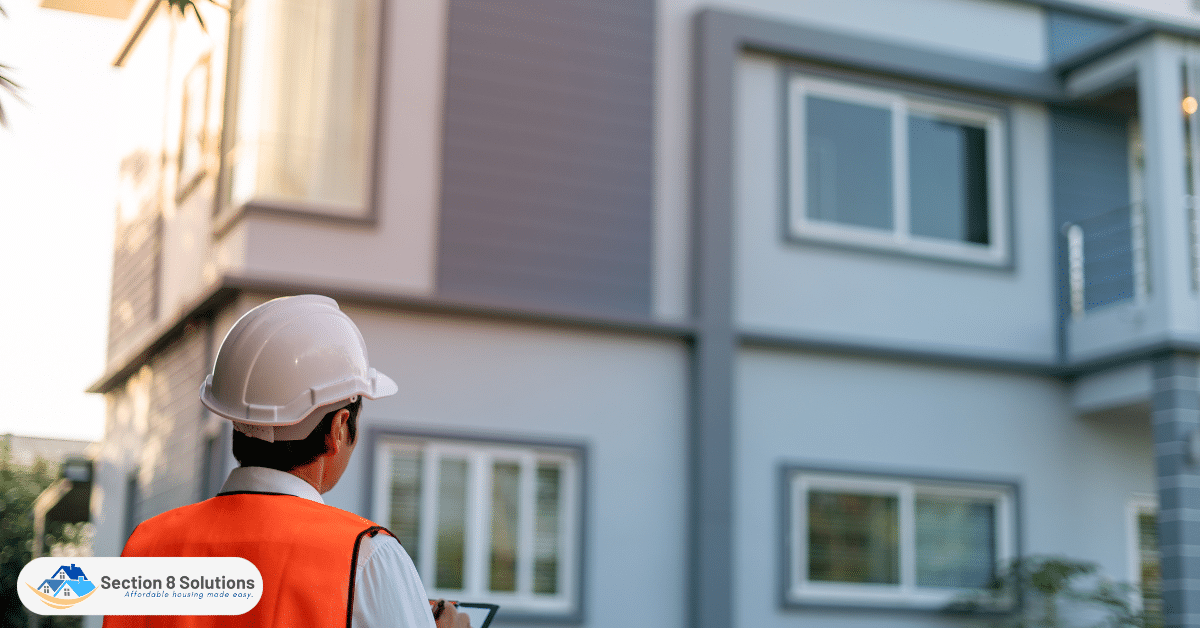
4. Lease and Housing Assistance Payment (HAP) Contract
Upon successful completion of the inspection process and the subsequent re-inspection, if applicable, the next steps involve formalizing the rental agreement. A lease agreement will be established, outlining the terms and conditions of the rental arrangement, and will be signed by both the tenant and the landlord. In addition, a Housing Assistance Payment (HAP) contract will be executed between the landlord and the Public Housing Authority (PHA). This contract establishes the terms under which the government agency will provide financial assistance to the tenant in the form of housing subsidies.
5. Ongoing Inspections
It’s important to note that successfully passing the initial inspection is not the final step in the process. Rather, it marks the beginning of a series of regular inspections that will be carried out to ensure that the property consistently upholds the housing quality standards set by the U.S. Department of Housing and Urban Development (HUD).
These ongoing inspections are designed to maintain the habitability and safety of the property over time. While the initial inspection serves as a baseline assessment, the subsequent inspections serve as a way to monitor the property’s continued compliance with the established standards. These inspections are scheduled at regular intervals to assess whether any deterioration, wear, and tear, or new issues have arisen since the last assessment.
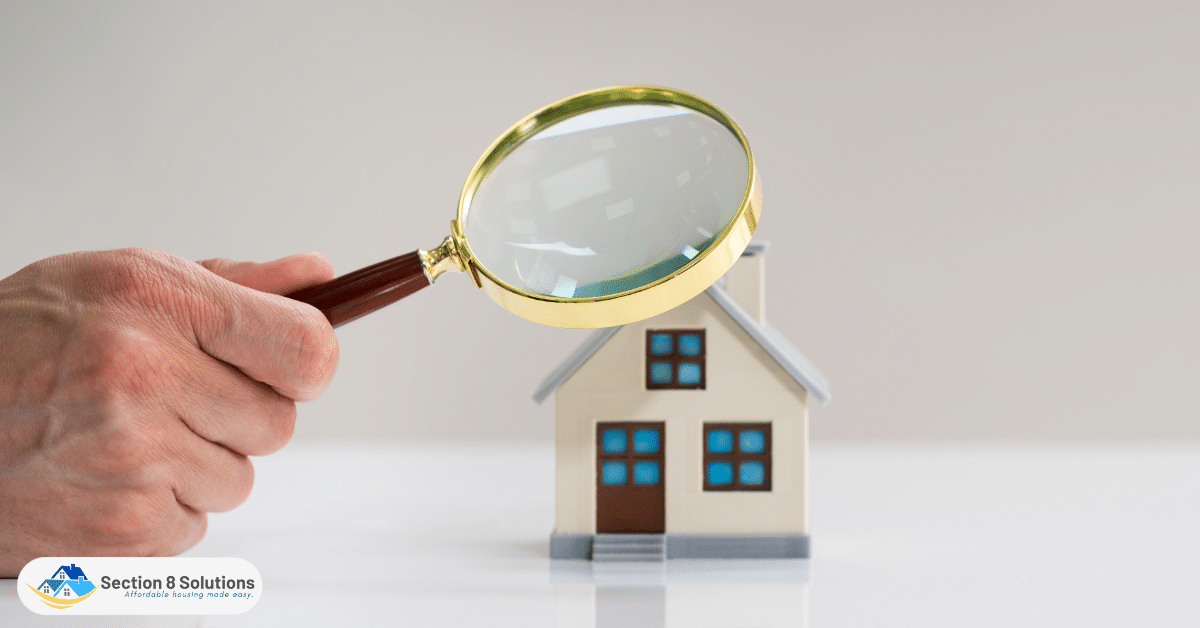
Conclusion
Navigating the Section 8 inspection process in Austin doesn’t have to be a challenge. With careful preparation and an understanding of what’s required, landlords can ensure their rental properties meet all applicable housing standards and pass inspections with flying colors. This guide aims to provide a comprehensive overview of the Section 8 inspection process in Austin, helping both landlords and tenants understand this crucial step.



